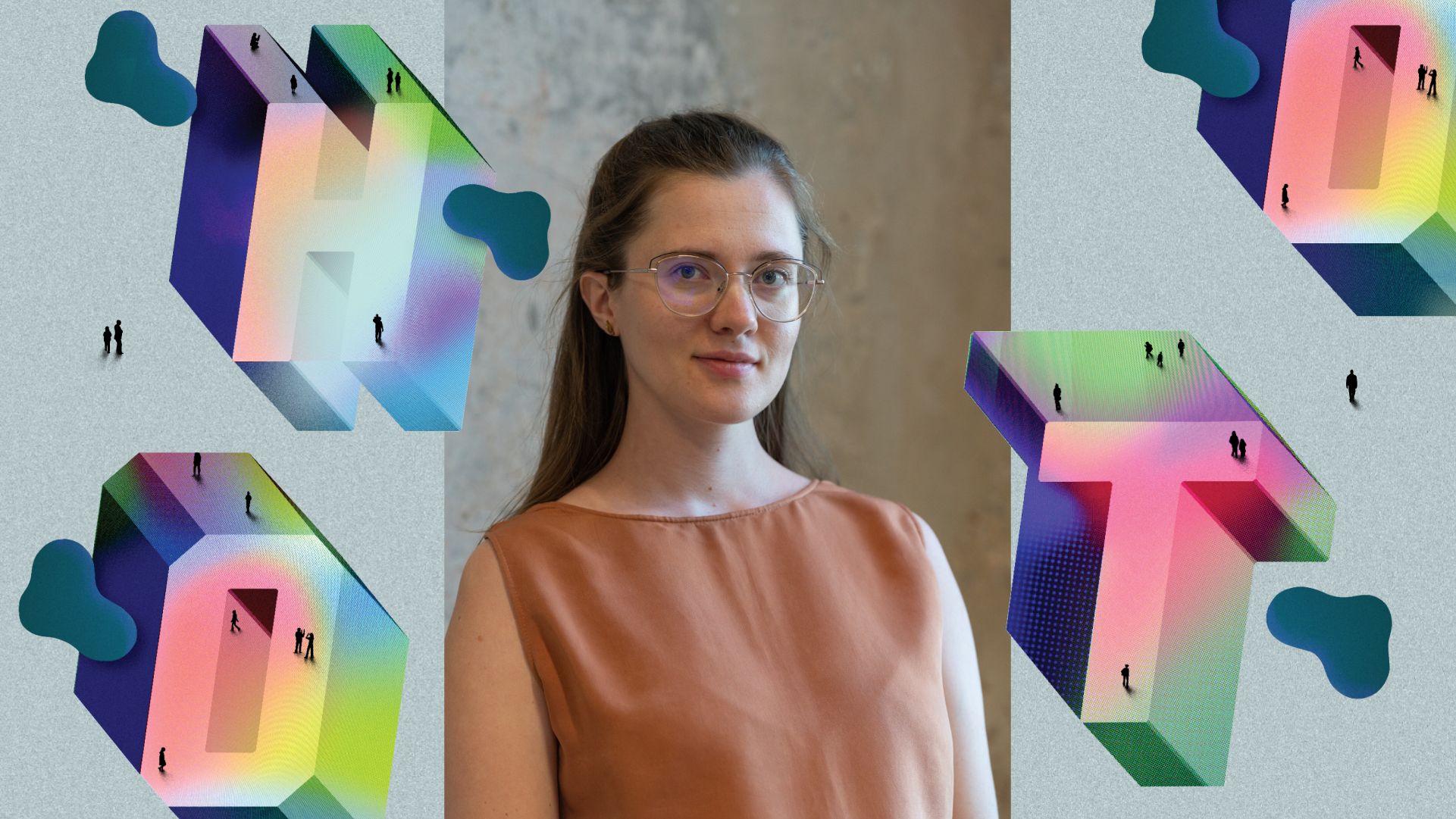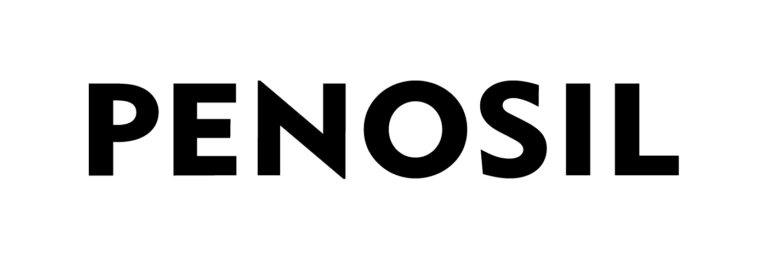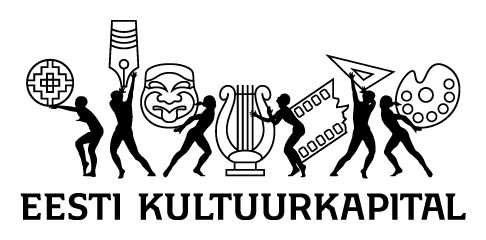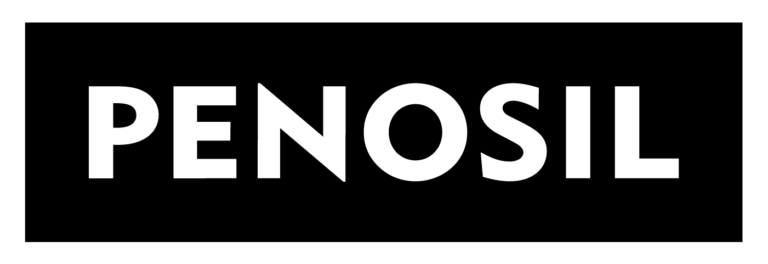Our team shares recommendations from the Open House Tallinn program. Next, landscape architect Mari-Liis Hindre-Merilind shares her suggestions and thoughts. She also works as a curator at the Estonian Centre for Architecture.
What does good architecture and design mean to You?
I am a complete connoisseur of practical design, if I may say so. I seek versatility, thoughtful design, and user-friendliness in architecture, with a forward-looking approach. In addition to practicality, I highly value aesthetic beauty and usability. As a landscape architect, I also assess a place based on its recreational value – whether it feels good to be there and whether it invites people to spend time.
Name 3-5 objects from the OHT 2024 program – why these in particular?
The building of the Estonian Academy of Sciences has been a long-requested addition by our visitors. The tour is intended for a true architecture enthusiast who enjoys history, art, and appreciates architectural details. We can promise a rich tour covering architectural and art history, important heritage conservation elements in the interior, and stories of Tallinn as well as the family of the building’s original owners. The unique view of the Old Town alone is worth planning the visit in advance.
Hotel Telegraaf is an example of how historical facts can be transformed into a new concept, successfully marketed today as luxury. The tour offers literal insights into the art of living well, with tasteful interiors to be seen along the way. You’ll hear fascinating stories about the services desired by clients, to which a five-star hotel never says “no,” all within the framework of boutique hotel principles. The tour also offers excitement in the form of future expansion plans.
Nõmme Elevaator, or grain dryer, is a unique example of industrial heritage in Estonia. The tallest tower stands out against Nõmme’s already elevated landscape as a striking landmark. The view from the tower is a well-deserved reward for the effort of climbing the stairs. On the tour, you’ll hear about the work of the grain dryer, the movement of grain in the elevator, industrial-era history, working conditions at the elevator, and future plans for the entire complex. The intriguing basement is also not to be missed.
Why do you recommend people attend OHT?
I want every resident of this city to appreciate our urban space and be smart enough to demand its modern development. As the curator of OHT, my goal is to offer architectural knowledge and experiences so that people can develop their own understanding of what is good and what could be better in our hometown. I want our event’s visitors not to see the old buildings in the program as belonging to someone else, nor to view newly completed or upcoming projects as something utopian meant for others. I hope that our festival visitors become demanding city dwellers who understand the potential of our urban space. Every citizen should feel a sense of ownership and have an opinion, and express it, to foster more discussions and debates. It is through these discussions that we achieve a more user-friendly urban space.
Recommend a couple of books or films – why these?
When trying to recall a film related to architecture, one of my favorite animated films, “Zootropolis,” brings a smile to my face. Everyone with even a hint of childlike wonder should watch it to learn how to dream. My recommendation fits here mainly because of the excellently functioning city created in the film. Zootropolis offers a place in the city for all different characters’ needs, lifestyles, dreams, and desires, allowing them to live fulfilling lives. In my opinion, it’s a great example of the living environment that we should strive for in real cities, because everything is possible.
My book recommendation is much less exciting. I spent the summer with the “Field Guide to Estonian Plants.” It’s more of a fun hobby to stay informed about local species, but I think it could be very eye-opening for anyone, as sustainable solutions are increasingly being used in urban spaces, and plants that align with our local nature are being chosen for landscaping.
























